Coconut is a food that we take for granted. Sure, we may throw some in our granola, or use it in cakes and pies. We may even coat shrimp in it. But this marvelous plant does so much more.
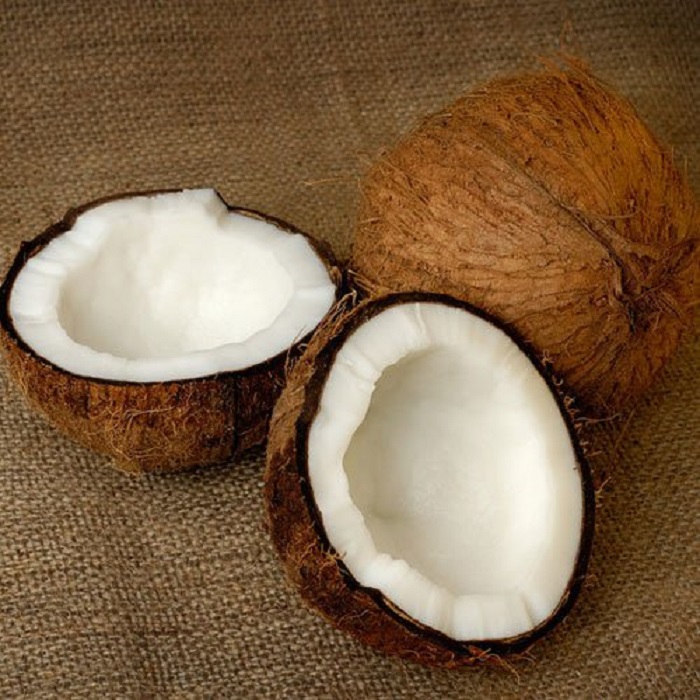
History of the coconut
The coconut has been a domesticated crop since the Neolithic Age, and was domesticated by Austronesian peoples in southeast Asia. They were then carried on sea voyages because they provided a ready source of both food and water, and spread wherever these voyagers settled to provide food, oil, and materials for building homes and boats.
Coconuts spread throughout tropical Asia and the Pacific Islands. They were introduced to the Americas by Europeans, but there’s evidence that the coconut was spread to panama by Austronesian sailors even as far as Panama.
Folks have been using the coconut for thousands of years for a variety of purposes. The coconut fruit is used as food and drink, and pressed for coconut oil which has been used in personal care products and as lamp fuel.
The shell of the coconut is useful for making tools, eating and drinking vessels, in creating musical instruments, and burned for charcoal.
The coir, or fibrous layer surrounding the shell is useful for making ropes, mats and rugs, sacks, and for stuffing mattresses.
Leaves from the coconut palm are used to weave baskets, make brooms, cook food, and in making lime. They’re also used for creating thatched roofs on houses,
The trunk is a source of timber, and has been used to build homes and other buildings. It’s also used to create boats and bridges, and hollowed out to make drums and containers.
The roots of the coconut palm were used to create dye and even mouthwash. The frayed roots have been used as toothbrushes, too.
Even the meat of the coconut leftover from pressing for coconut oil and coconut milk is useful. It’s used as livestock feed.
Coconut in bath and beauty products
That’s an incredible number of different uses for one tree, but the uses we care about the most are those in making soap and other personal care products. And you might not realize that the humble coconut is a key ingredient!
In soap making
In soap making, Coconut oil is the cornerstone of so many soap recipes. The reason is that coconut oil adds needed hardness and great lather to bars of soap. It’s also a cleansing oil, meaning that in soap it helps the bar clean your skin well.
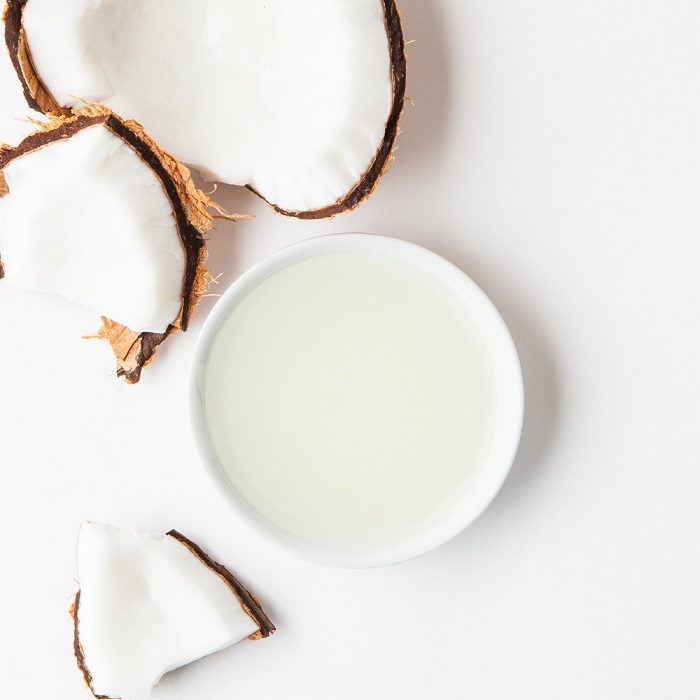
In DIY lotions, balms, and butters
Coconut oil is solid at cool room temperature, so it’s a great candidate for using in body butters. It softens harder butters and your skin at the same time. In fact, it’s not uncommon for folks to apply coconut oil to their skin and hair all by itself. As a heavy oil, it’s great for softening and protecting dry skin, but folks with oily skin may want to avoid using products that are mostly coconut oil.
In surfactants
Surfactants are non-soap detergents that are used to clean, well, almost anything. Some of these surfactants are derived from the lowly coconut. Sodium lauryl sulfoacetate, or SLSA, is derived from coconut oil, and potassium cocoate (as you may have guessed from the name) is made from coconut and glycerin.
Additives made from the coconut
Ground coconut shells have been used as an abrasive, and coconut shell powder also makes a great gentle exfoliator to add to scrubs, soaps, and more.
Coconut milk can be added to soap and lotions, and it’s even easier to work with as coconut milk powder. It’s a nourishing and moisturizing additive.
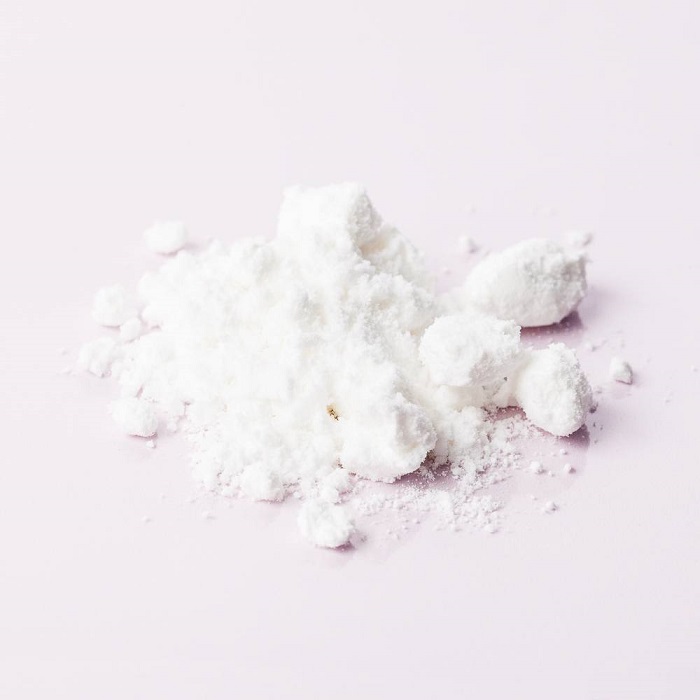
Fractionated coconut oil is even used as a carrier for oil based extracts.
Coconut in candles
Coconut oil has been used as a lamp fuel to provide light for centuries, so it’s no surprise it turns up in candles. Coconut wax creates a clean burning candle with good scent throw. Our coconut soy wax blend is formulated to make excellent scented candles.
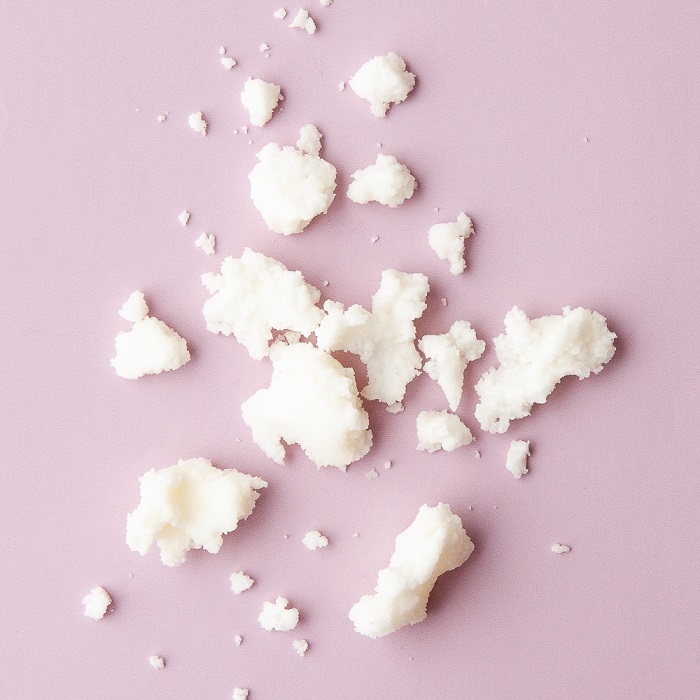
Coconut in fragrance
The smell of coconut is an iconic tropical scent, and it’s used by the fragrance industry to add subtle sweetness and creaminess to scents. The coconut aroma comes from a molecule known as 6-pentyloxan-2-one, This compound is isolated from the coconut and used to create fragrance oils and perfumes.
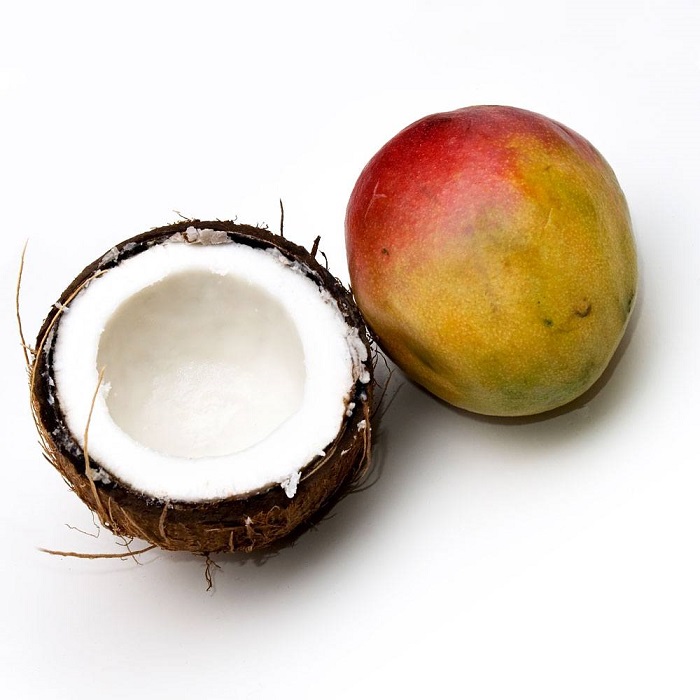
We’ve only scratched the surface of the uses of coconut in bath and beauty products, too. Indigenous peoples revered this tree for its many uses, and in the modern day it provides us with so much more! Check out our coconut products and get inspired for your next project.

